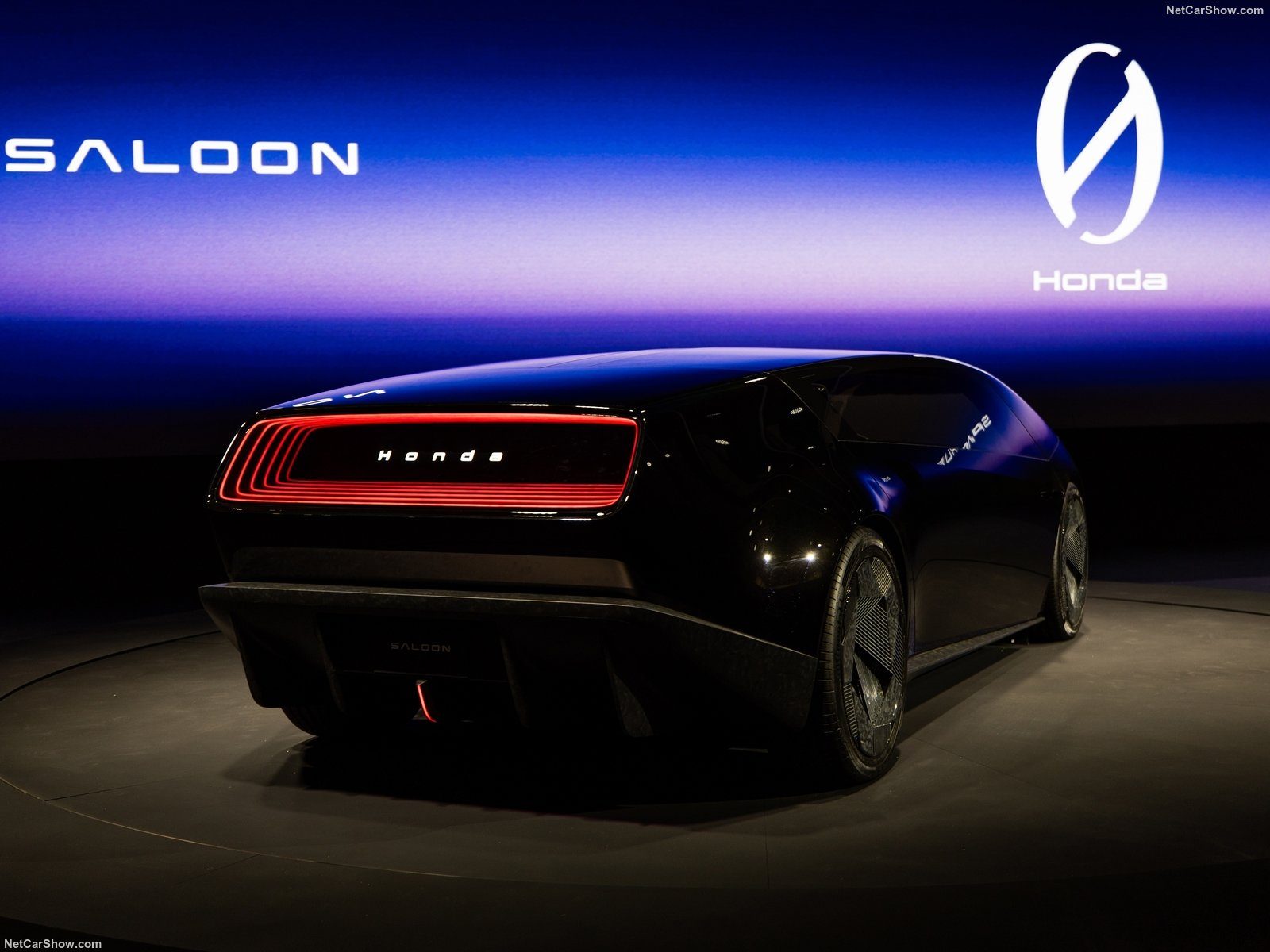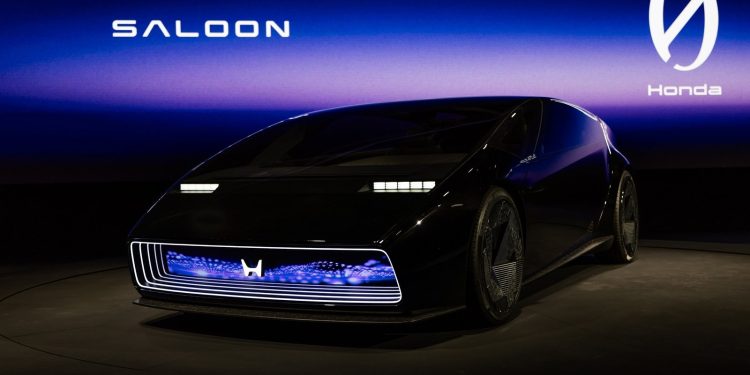Honda Plans to Release Seven Model 0 EVs by 2030
Words NZ Autocar | Images NetCarShow
Honda is developing a sedan to rival Tesla’s Model 3. It is one of seven new EVs it wants to market by 2030. The concept previewed at 2024 CES.
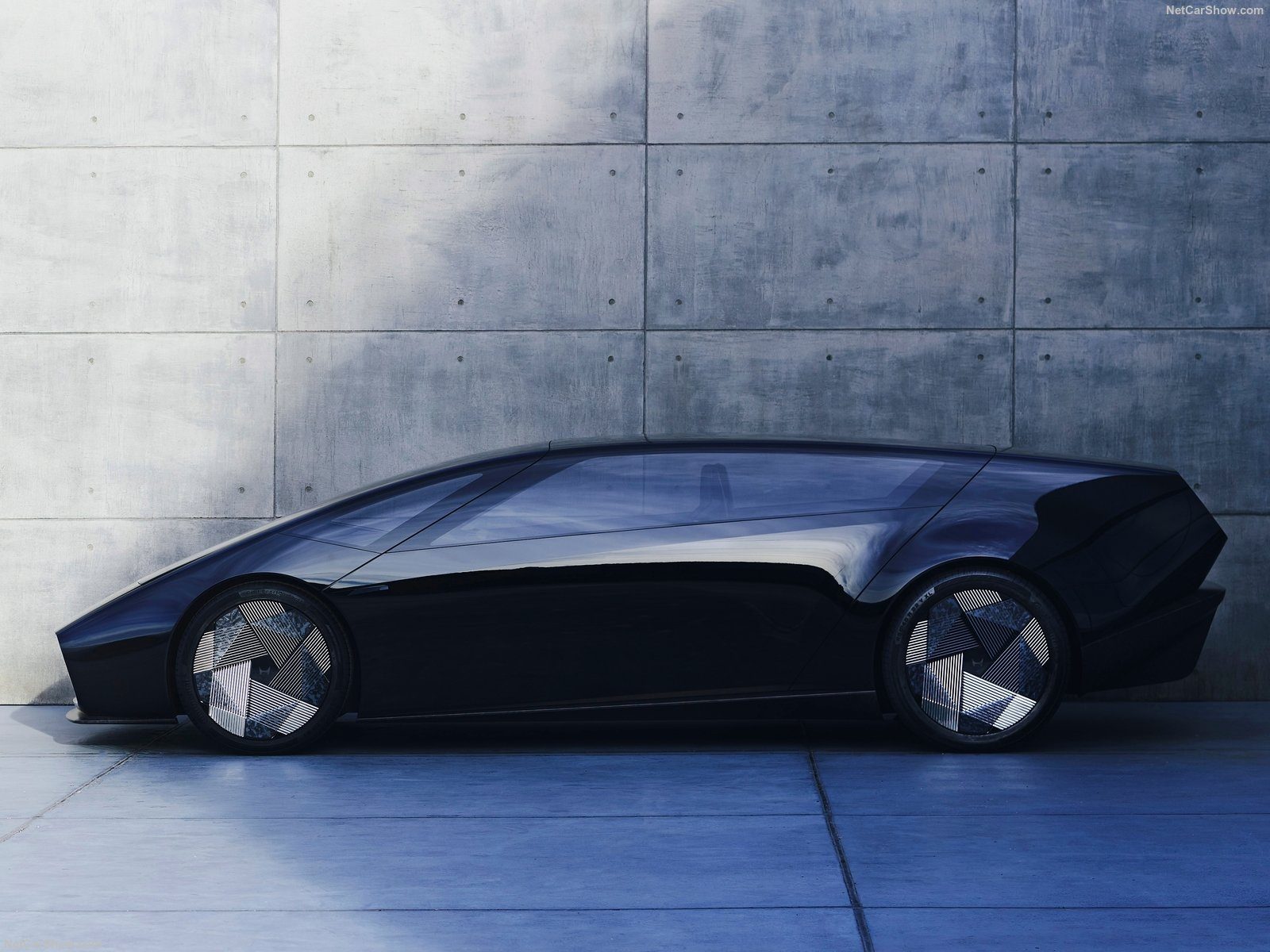
The new 0 Series of vehicles from Honda prioritises weight reduction, aerodynamic performance and the joy of driving, according to the company.
Key to weight saving is minimising the number of parts used and adopting lightweight aluminium chassis structures. Think mega-casting, along the lines of Tesla Model Y and future Volvos.
Next-generation ‘e-axles’ incorporate a motor, inverter and gearbox within a single unit. That’s said to save around 100kg compared with Honda’s existing EVs. They will all feature all-wheel drive too, i.e., a pair of e-axles.
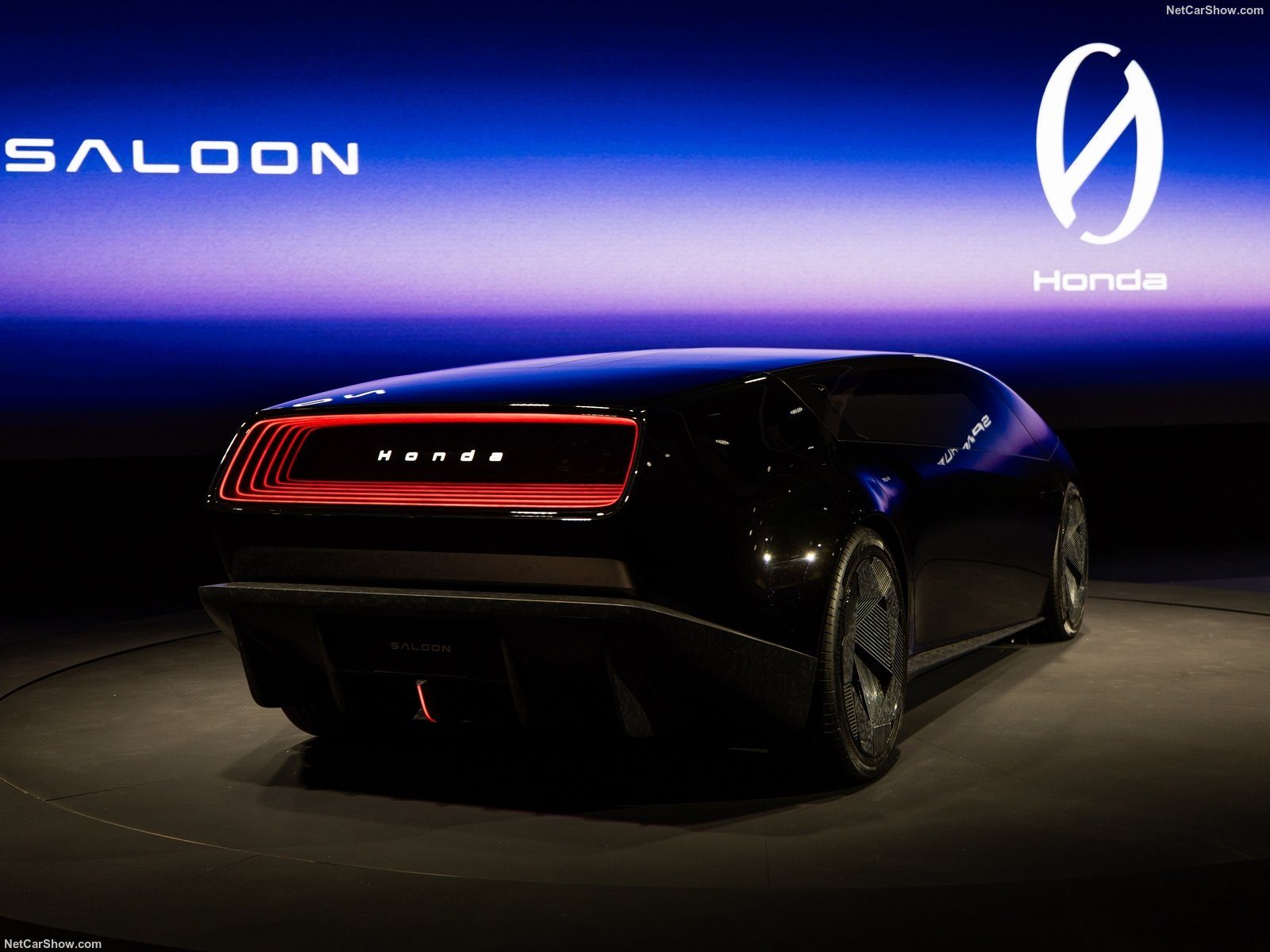
The battery will be mounted low and centrally, similar to the axles, using a skateboard platform. Complexity is further reduced by the deployment of a central computer instead of various control units spread across the vehicle. Moreover, this smarter computer will enable level-three assisted driving technology.
Honda expects in excess of 500km of range using the US EPA test cycle. This better reflects real-world driving situations than WLTP. Aeros will be key to this, the shape designed as much for its emotional appeal as wind-cheating properties.
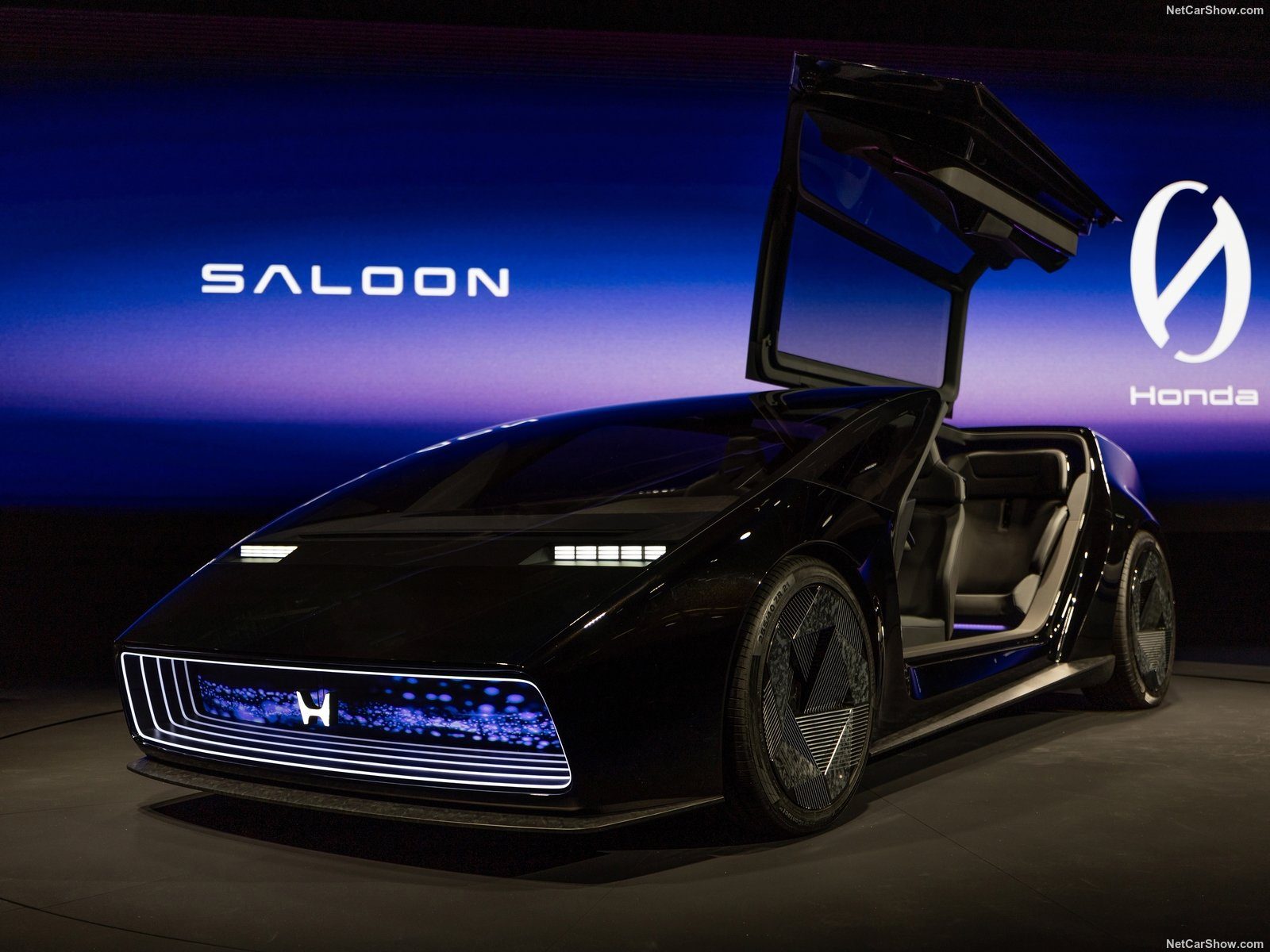
Honda also wants to make at least a five per cent return on investment, not easy when many EVs are currently losing money.
Different battery chemistries will play a role. Honda will look to produce batteries itself to keep costs in check. It is also partnering with LG in the US from next year. Honda wants to cut the cost of battery production by 20 per cent within five years, as well as reducing overall production costs by 35 per cent.
The first of the seven 0 cars is the saloon and a pair of SUVs, all due in 2026. A large three-row electric SUV will arrive in 2027, followed by a Model Y rival in 2028, and a small SUV before 2030.
